The Storks of Alsace
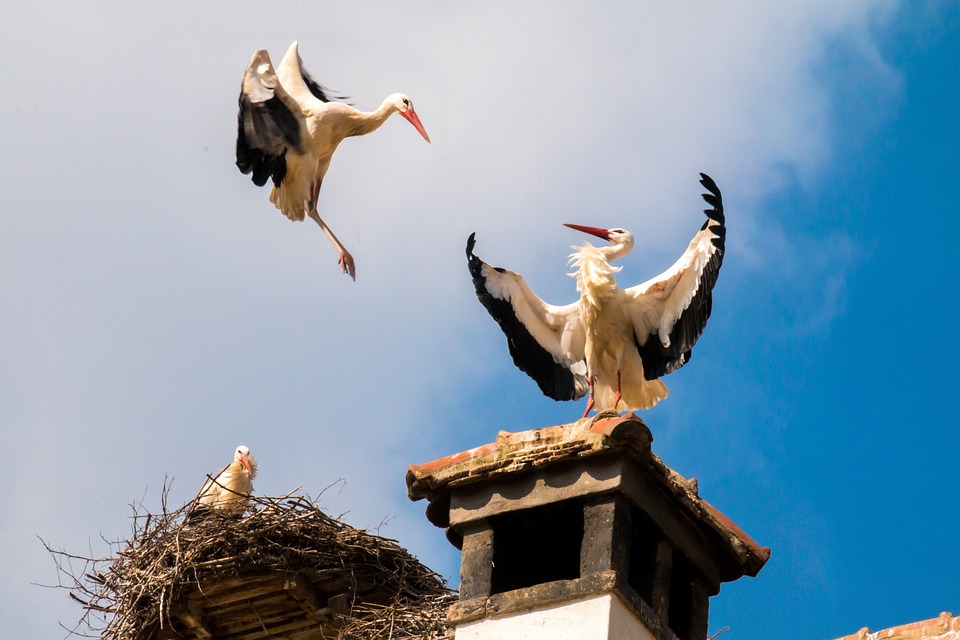
The Storks of Alsace have been part of the region for centuries and are symbols of happiness, faithfulness and good fortune.
Ancient civilizations saw them as a symbol of rebirth, birth and fertility.
The people of Alsace believe they bring happiness and good luck to their homes.
The stork, or "cigogne" is the iconic emblem of Alsace featured in various legends and folk tales from the region.
Alsace is one of the most beautiful regions in France, known for its Christmas markets, castles, wines road and its proximity to Germany.
It has become home to storks which migrate each year from Africa to spend the warmer months there and in other European countries.
During spring and summer, storks can be seen nesting on rooftops, roadside poles and church towers, roaming in fields or flying around.
You can also see them in Orangerie park in Strasbourg along with swans on the lake.
And you can buy key-rings and snow globes with an image of the storks of Alsace.
Storks
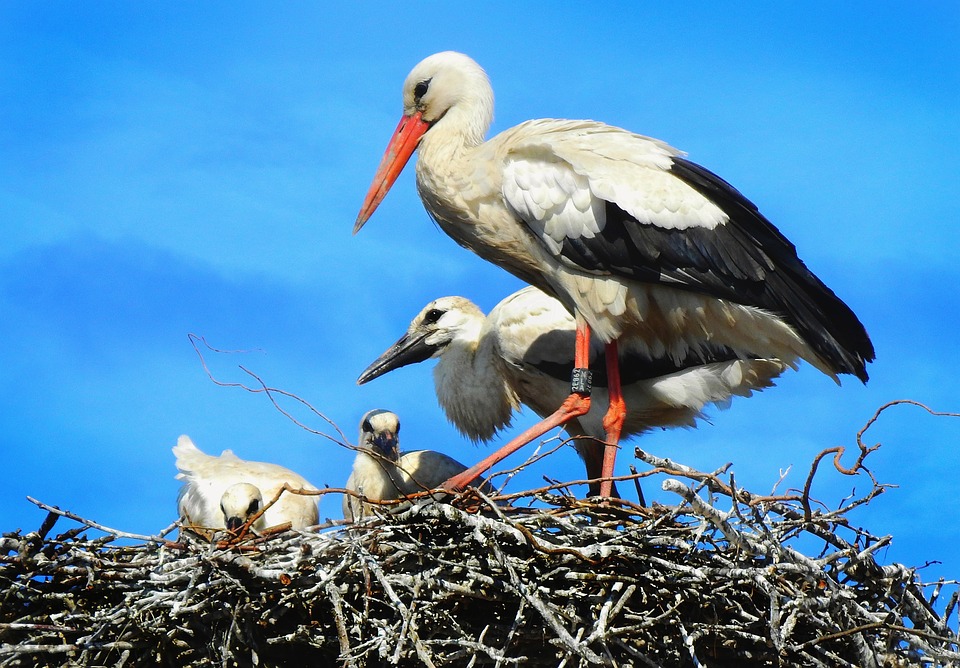
The Storks of Alsace
Storks are large, long-legged, long-necked, wading birds with long, stout bills who can live to around 30 to 40 years.
There are 20 living species of storks in six genera belonging to the family called Ciconiidae that make up the order Ciconiiformes.
The stork is heavy, with a wide wingspan that allows it to use the thermals of warm air currents created by the sun to soar and "glide" at an altitude of up to 4,800 meters (16,000 feet) with their neck, legs and wings outstretched to conserve energy.
The Marabou and Andean Condor storks have the widest wingspans of around 3.2 m (10 ft 6 in) and weigh up to 8 kg (18 lb).
In flight, its wingbeats are slow and regular with its neck stretched forward and long legs extended beyond its short tail to travel up to 16 mph on warm air currents.
The stork's long legs allow it to walk among low vegetation and through shallow water looking for food such as frogs, snails, fish, crabs, reptiles insects, earthworms, small birds and small mammals.
Many species of stork are migratory and have developed flying routes to avoid long-distance travel across water which allows them to make stopovers along the way.
Storks from central Europe either follow an eastern migration route via Bosphorus in Turkey, the Levant (eastern Mediterranean) and fly over the Nile valley southwards, or follow a western route over the Strait of Gibraltar.
White storks fly south from Europe in August and September then head for Africa where they spend winter in the drier habitats in grassy planes from Kenya and Uganda to the Cape Province of South Africa.
The average journey south takes 49 days and almost 20,000 km.
They build long-lasting, stick nests which are over 2 meters (6 ft 7 in) in diameter and about 3 meters (9.8 ft) in depth.
Storks are monogamous (one mate) and are faithful to their mate and their dwelling which they go back to and use for many years.
Bill-clattering is an important mode of communication made by rapidly opening and closing their beaks which is amplified by the throat pouch acting as a sound box.
Legend of the Stork
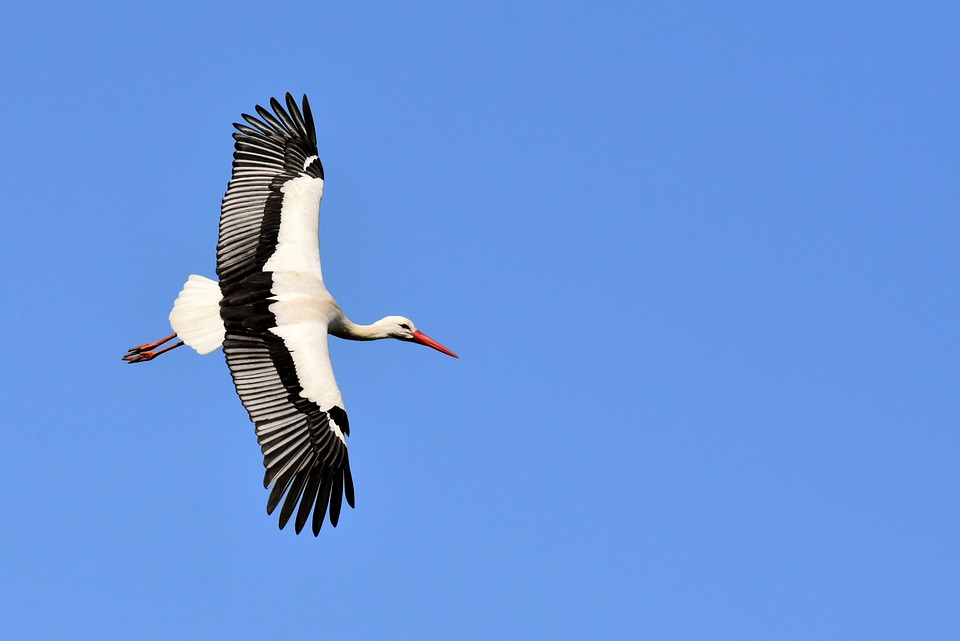
The Storks of Alsace
The white stork symbolizes good luck, patriotism and fidelity.
The ancient Greek scientist and philosopher, Aristotle wrote, "it is a common story of the stork that the old birds are fed by their grateful progency (offspring)."
Aristotle made the first attempt to explain the environmental conditions that cause the migration of storks from one location to another.
Storks were protected in the ancient city-state of Thessaly (homeland of the heroes Achilles and Jason) because they hunted snakes.
The stork was noted as Virgil's "white bird" - the Roman poet, Virgil (70 – 19 BC) is known for his epic poem, “The Aeneid.”
Roman writers noted the white storks arrival in spring alerted farmers to plant their vines.
Stories tell that a stork will carry an aged parent on its back when it is unable to fly - a lesson in filial duty that expresses respect and obligation.
German and Dutch households place high platforms on their roofs to encourage storks to build nests because they believe they bring good luck.
In the Bible the stork is a symbol of faithfulness to its mate and care for its family.
In the book of Jeremiah, the stork is praised for its migratory habits.
The stork is also listed through Levitical law (Leviticus 11:19; Deuteronomy 14:18) of birds forbidden to be eaten.
In Egyptian mythology, a person's soul was thought to be a stork and the return of the stork in the spring meant the soul had returned to the person.
Fertility
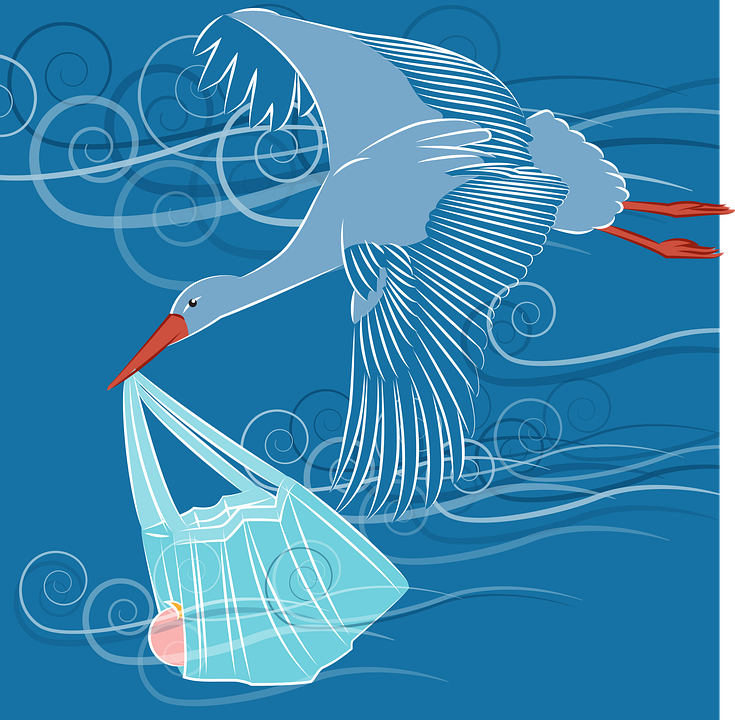
The Storks of Alsace
Storks have been associated with babies for centuries.
In ancient Greek mythology, Hera, the wife of Zeus, and goddess of women, marriage, family, and childbirth, became jealous of the beautiful, mortal queen, Gerena and
transformed her into a stork.
The heartbroken Gerena then sought to retrieve her child from Hera.
The ancient Greeks depicted Gerena as the transformed stork with a baby dangling from its beak.
In the early 19th century, Danish author, Hans Christian Andersen popularized the story about babies being delivered by storks in his book, "The Storks" writing, "The stork finds babies in wells, ponds or marshes and with her beak she pulls the babies out and bundles them in a sling."
There is also the age-old myth from Europe that storks delivered babies to new parents when the arrival of thousands of storks coincided with a large number of babies being born in the spring.
The Storks of Alsace
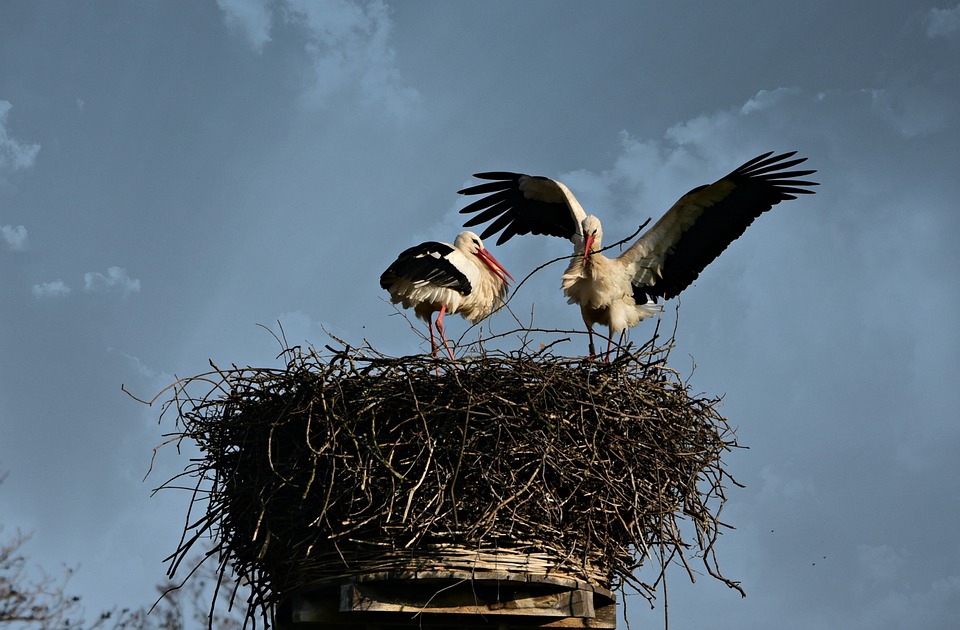
Alsace (French: alzas) is a cultural region in eastern France, on the west bank of the upper Rhine next to Germany and Switzerland and characterized by a blend of French and Germanic influences in cuisine, language, and architecture.
Even the street signs are in French and German.
Strasbourg - France
Strasbourg is the economic and cultural capital as well as its largest city with its unique blend of French and German culture located on the international border formed by the Rhine.
From Strasbourg in France you can travel by tram to Kehl in Germany in just 15 minutes.
Strasbourg was founded on the site of the castrum Argentoratum by the Romans in 12 BC.
The city passed under the control of the Merovingians dynasty (ruling family of the Franks) in the 8th century BC.
In 923 AD, Strasbourg became part of the Holy Roman Empire through the homage paid by the Duke of Lorraine to German King Henry I and flourished throughout the Middle Ages and the Renaissance.
Between 1870 and 1945, the identity of Strasbourg changed four times.
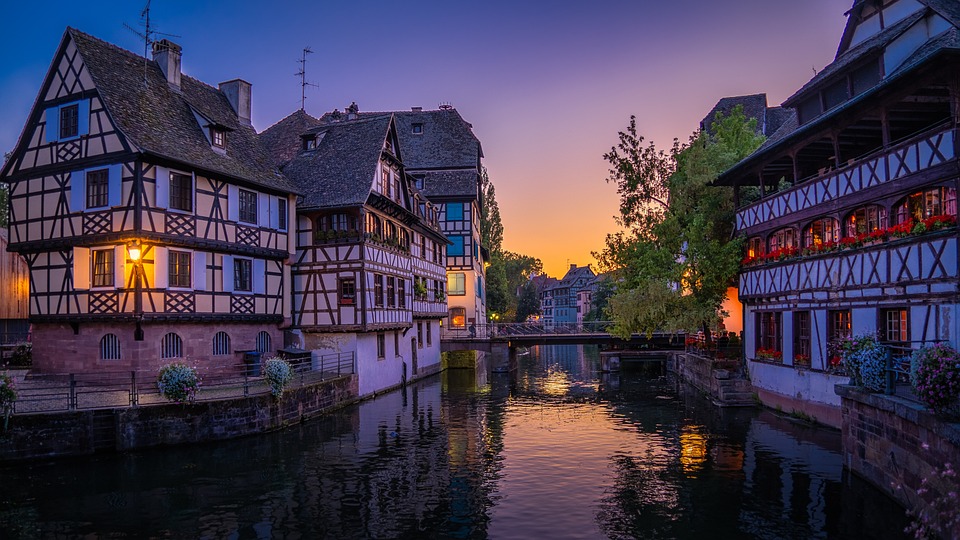
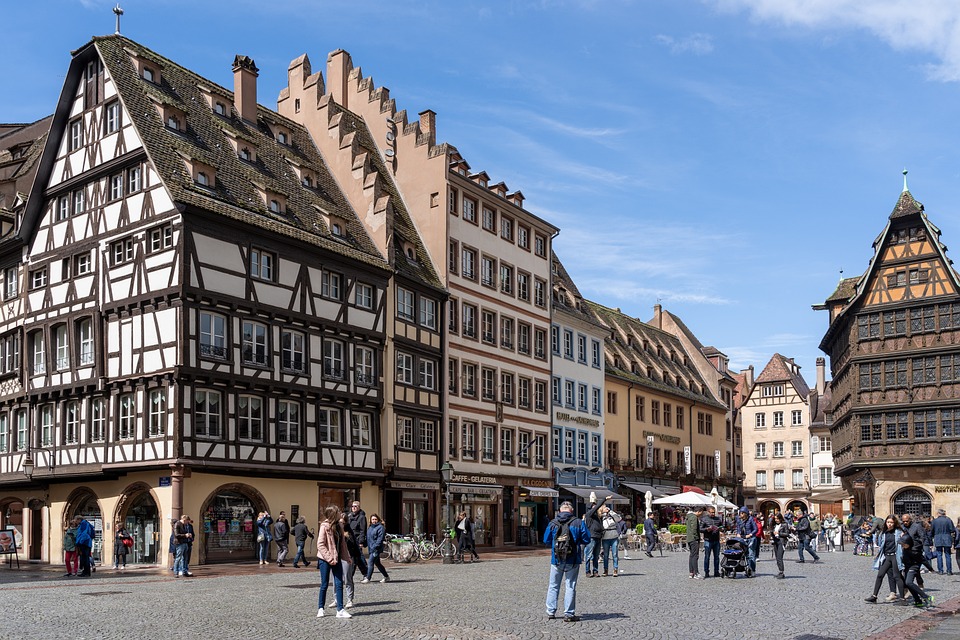
History of Alsace
From the Thirty Years War of the 17th century for constitutional and religious power within the Holy Roman Empire to World War II, the political status of Alsace was contested between France and various German states through wars and diplomacy.
The Thirty Years War from 1618 to 1648 between the Protestants and Catholics that formed the Holy Roman Empire was fought over who would govern Europe.
The Catholics won and peace was restored through the Treaty of Westphalia which granted religious tolerance to Lutherans and Calvinists in the Holy Roman Empire, recognized Dutch independence and gave France the provinces of Alsace and Lorraine.
After the 1870–71 Franco-Prussian War, Alsace was annexed by Germany and became a part of the 1871 unified German Empire as a formal "Emperor's Land".
After World War I the victorious Allies returned the province back to the Third French Republic.
Having been occupied and annexed by Germany during World War II, it was returned again to France by the Allies at the end of World War II.
Industry of Alsace
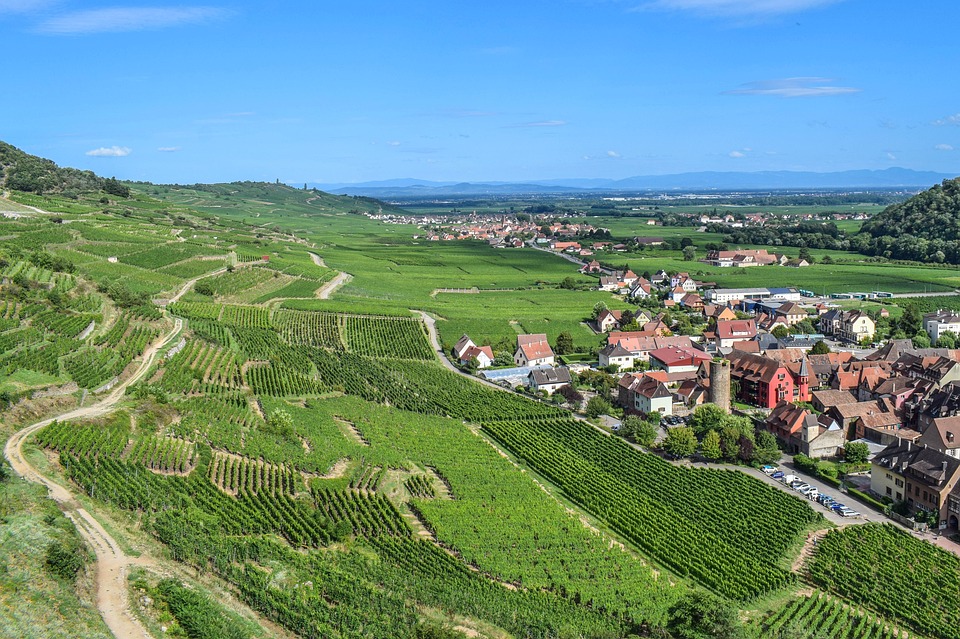
The Storks of Alsace
The economy of Alsace is based on agriculture and manufacturing.
Agricultural produce includes cereals, sugar beets, asparagus, hops, tobacco and foie gras.
Colmar is the principal centre of the wine-growing region.
Alsace is also known for its high-quality gastronomy, especially its sauerkraut, Flammekueche, and white wines.
Alsace is the only French wine region to produce Riesling and Gewurztraminer - the grape varieties commonly associated with German wines.
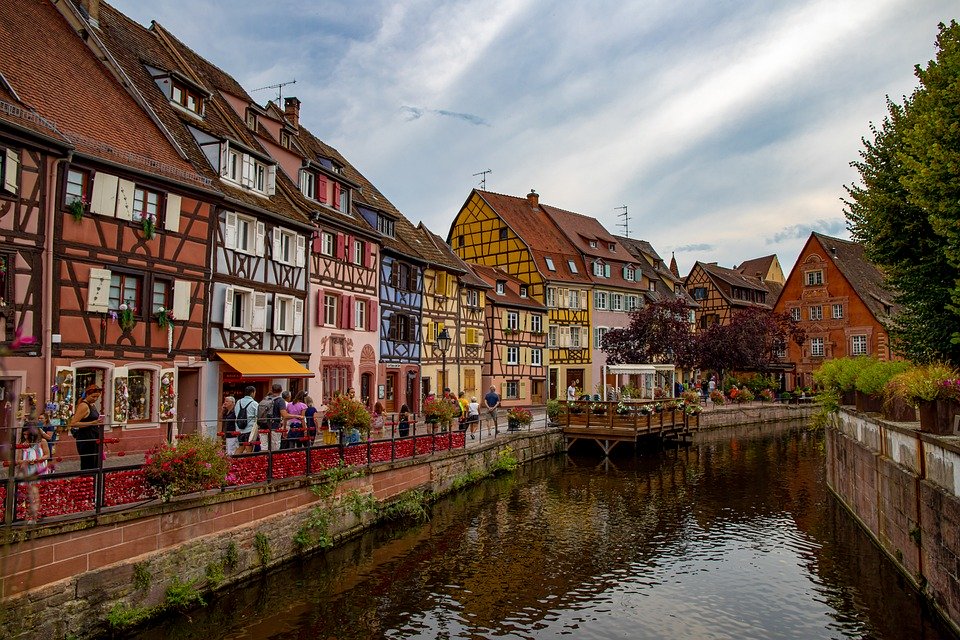
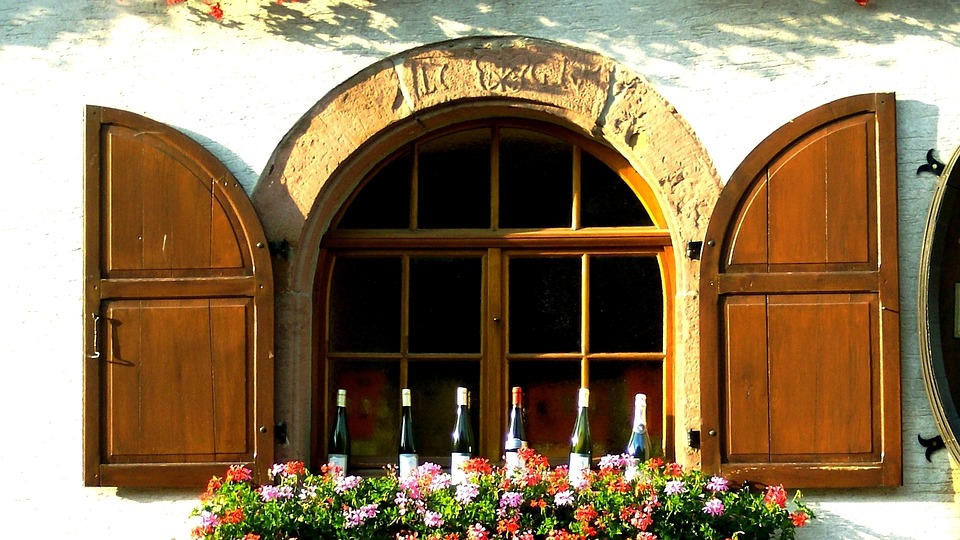
Ezine Articles Author Link
Click on the Link Below

Newsletter Opt-in-Form
The Keen Traveler
Your second block of text...
Recent Articles
-
Beauty of Christmas
Dec 11, 25 04:22 AM
The beauty of Christmas is the celebration of the real Christmas Story with the Birth of Jesus Christ, the Son of God, Who came to bring love, hope, and salvation to the world. -
Spiritual Treasures of Life
Nov 26, 25 04:44 AM
Spiritual treasures of life are internal riches that are more valuable and everlasting than material wealth. -
Teachings of Jesus Christ
Oct 14, 25 05:45 AM
The Teachings of Jesus Christ have fascinated people for centuries with their powerful Message of love and hope that have stood the test of time.


